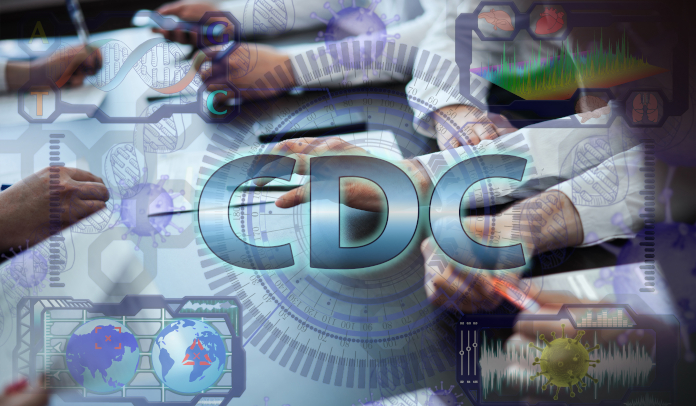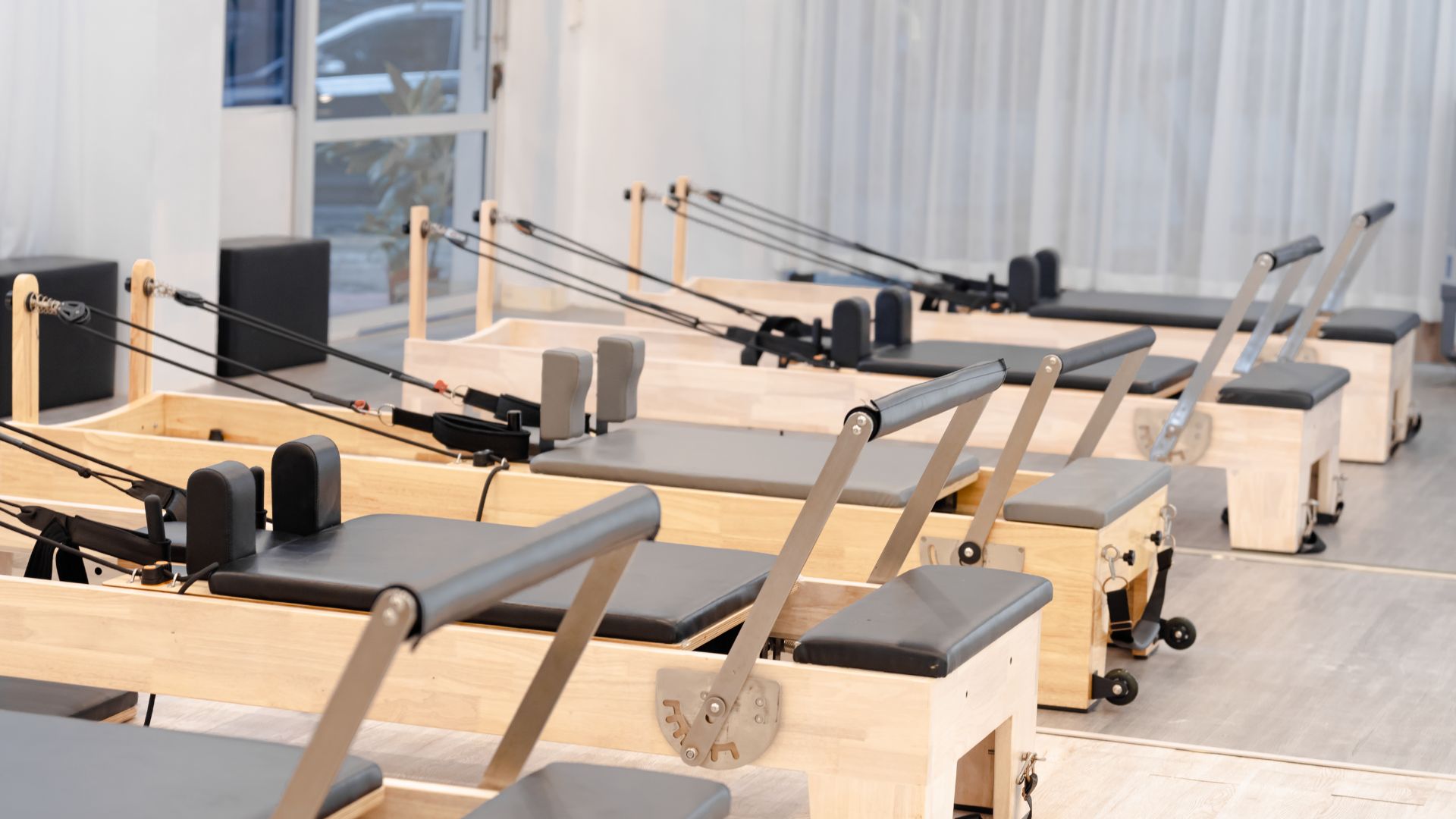Health
The National Periodontal Disease Trend Across America

What you can do to mitigate gum disease prevalence
The prevalence of gum disease or otherwise known as Periodontal disease is imposing health risk and financial strains on the American population. According to the Center for Disease Control and Prevention, a large portion of all Americans experience some form of periodontal disease, while a majority, or up to 48% experience mild to chronic levels of gum disease. Around nine to ten percent of those dealing with Periodontal disease are experiencing more severe cases.
This of course has negative implications for both the individual’s oral health and their financial status. The negative health consequences to perio patients that do not get adequate treatment to reverse the progression, begin with gum recession. It then worsens to tooth loss, bone deterioration and some have even associated it with heart and cardiovascular disease. The financial implication is another matter for discussion, and we will delve into this a little further down below. Both the short term and long-term potential cost of gum disease treatment can take a toll on a family’s financial capacity.
Gum Disease Prevention is Key!
According to Mouth Healthy, which is brought to you by the American Dental Association, 47.2% of Americans are experiencing some form of chronic gum disease. With such a prevalence amongst the American citizens, what can be done to reduce this problem?
Prevention is the key, once you become a perio patient, you have to continue your dental visits every 3 months for perio maintenance. The solution to this costly problem is preventative measures, allowing you to reduce the ability to increase your chances of acquiring periodontal disease in the first place.
- Brush your teeth 2 to 3 times daily.
- Visit your dentist for a checkup 2 times per year.
- Floss your teeth at least once per day.
- Get a cleaning twice per year or a deep cleaning if your dentist recommends it.
- Eat healthy, studies have shown, healthy foods help reduce the prevalence of gum disease.
- Drink lots of water throughout the day and especially after meals to wash down your meal, to avoid bacteria from developing.
Prevention, prevention, prevention should be your motto as it relates to your oral health. Unfortunately, periodontal disease is such a serious oral issue that once you have it, it will take continuous treatment every 3 months until the day you no longer need the treatment.
Financial Implications of Gum Disease Treatment
The cost to treat gum disease can be awfully expensive over time. At least, the positive side is that once you start the initial treatment, someone without dental insurance could still cover the cost over the separate periods of treatment. The initial cost for all four quadrants of the mouth will be the heaviest cost you will incur.
Below is a list of some of the cost associated with the initial dental treatments:
- Hygienist does deep cleaning (SRP) of all 4 quadrants. On average you could pay around $344 per quadrant if you do not have health insurance.
- Laser Treatment for all four quadrants will cost you on average around $55 per quadrant.
- Anti-Cavity Coating will run you about $10 per side.
Below are the continuous services you will require to maintain the prevalence of gum disease:
- Every 3 months you’ll require a perio maintenance, which is like a prophy but for gum disease. This is required for treatment & monitoring and will run you on average about $185.
- If additional laser treatment is needed during this portion of the process, you can look at an average cost of about $75 per treatment.
Where to go from here?
Education is primary in prevention. Without education on the bad habits that can lead to periodontal disease, more and more people across the world will be affected by this it. In an effort to increase awareness, please do us a favor and share this article with your family and friends that may need a little direction to avoid these oral problems.
Health
Choosing the Right Pilates Reformer: A Practical Buyer’s Guide

Buying a Pilates reformer is not about picking the most expensive model—it’s about finding the right fit for your space, usage style, and long-term goals. Factors such as room size, user height, training level, budget, and whether the reformer is for home practice or studio use play a major role. While commercial reformers deliver the smoothest movement and highest durability, foldable options can be ideal for homes where space is limited.
Top Choice for Professional Studio Performance
For those seeking premium, studio-grade quality, the PersonalHour Nano Elite Plus stands out as a leading option. Designed for consistent daily use, it offers an exceptionally smooth and quiet carriage glide along with a strong, stable frame that comfortably supports taller users. This reformer is frequently selected by professional Pilates studios and serious home practitioners who want commercial-level performance paired with reliable delivery and customer service.
Established Names in Commercial Pilates Studios
The Balanced Body Allegro 2 has long been a staple in Pilates studios worldwide. Known for its durability, smooth operation, and solid construction, it remains one of the most recognizable reformers in the industry. Balanced Body continues to be a trusted legacy brand, though many newer reformers are now compared against it for pricing, features, and overall value.
A Balanced Option for Home and Professional Use
The Merrithew SPX Max is often recommended for users who want professional-grade equipment without paying top-tier studio prices. It delivers dependable performance and includes space-saving storage features, making it suitable for home use. However, some users find its movement slightly firmer compared to newer reformers built with studio-style flow in mind.
Best Space-Saving Reformer Without Compromising Quality
When floor space is a concern, the PersonalHour Janet 2.0 is one of the strongest folding reformers available. Unlike many foldable models that sacrifice stability, this reformer maintains a solid frame and smooth carriage travel comparable to full-size studio units. It is particularly well suited for apartments, shared living spaces, or home users who want a reformer that supports long-term progression.
Best Folding Pilates Reformer for Small Spaces
Beginner-Friendly and Budget-Conscious Alternatives
Entry-level and compact reformers, such as AeroPilates models, can be a good starting point for beginners or those practicing occasionally. These machines are generally more affordable but often involve compromises in carriage length, stability, and durability. As a result, they may not be ideal for advanced exercises or long-term use.
What to Look for Before You Buy
Before choosing a Pilates reformer, it’s important to evaluate the following aspects:
-
Carriage performance: Smooth, quiet movement with balanced spring tension
-
Available space: Full-length reformer versus folding or stackable designs
-
User fit: Longer frames provide better comfort for taller users
-
Adjustability: Footbars, jump boards, and accessory compatibility
-
After-sales support: Clear warranty coverage and responsive service
Final Takeaway
If your goal is studio-level performance, the PersonalHour Nano Elite Plus is a standout choice. For homes with limited space, the PersonalHour Janet 2.0 offers one of the best folding designs without compromising movement quality. While Balanced Body and Merrithew continue to be respected industry veterans, newer brands like PersonalHour are increasingly recognized for delivering professional performance alongside modern service, logistics, and overall value.
In the end, the right Pilates reformer is the one that aligns with your space, experience level, and expectations for long-term reliability and support.
-

 Tech5 years ago
Tech5 years agoEffuel Reviews (2021) – Effuel ECO OBD2 Saves Fuel, and Reduce Gas Cost? Effuel Customer Reviews
-

 Tech6 years ago
Tech6 years agoBosch Power Tools India Launches ‘Cordless Matlab Bosch’ Campaign to Demonstrate the Power of Cordless
-

 Lifestyle6 years ago
Lifestyle6 years agoCatholic Cases App brings Church’s Moral Teachings to Androids and iPhones
-

 Lifestyle5 years ago
Lifestyle5 years agoEast Side Hype x Billionaire Boys Club. Hottest New Streetwear Releases in Utah.
-

 Tech7 years ago
Tech7 years agoCloud Buyers & Investors to Profit in the Future
-

 Lifestyle5 years ago
Lifestyle5 years agoThe Midas of Cosmetic Dermatology: Dr. Simon Ourian
-

 Health7 years ago
Health7 years agoCBDistillery Review: Is it a scam?
-

 Entertainment6 years ago
Entertainment6 years agoAvengers Endgame now Available on 123Movies for Download & Streaming for Free
